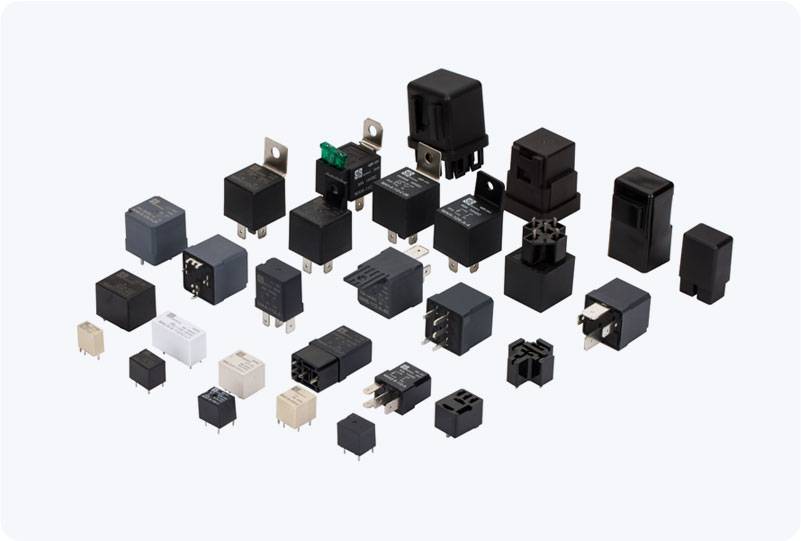PLC (Programmable Logic Controller) systems are widely used in industrial automation and control systems. A key component of these systems is the PLC Control Relay, which serves as a bridge between the low-power PLC controller and high-power industrial equipment. This article explores the functions, types, and applications of PLC Control Relays, shedding light on their vital role in automation processes.

What is a PLC Control Relay? A PLC Control Relay is a crucial electrical device that allows PLCs to control high-power devices by using their low-power control signals. In essence, it acts as an intermediary between the PLC and the external equipment, enabling the controller to activate or deactivate devices such as motors, lights, and valves based on the instructions programmed into the PLC. The relay ensures the safe and efficient operation of these devices by handling the high electrical currents required for their activation. Functions of PLC Control Relay The primary function of a PLC Control Relay is to switch high-power circuits in response to the control signals from the PLC. When the PLC sends an electrical signal to the relay, the relay’s contacts either open or close, controlling the flow of current to the connected load. This switching action allows the PLC to control various types of electrical equipment, even though the PLC itself only works with low-voltage signals.
















